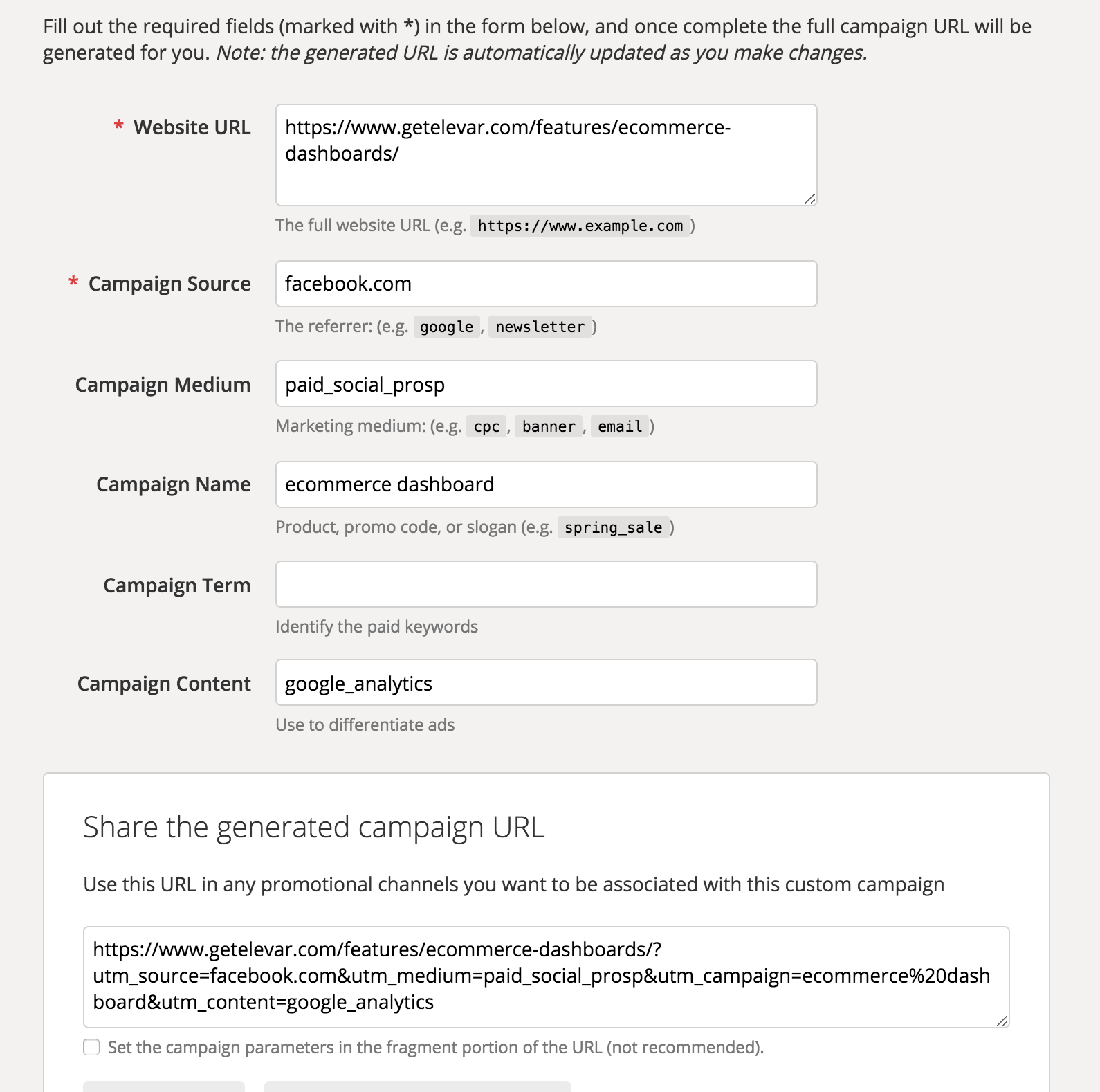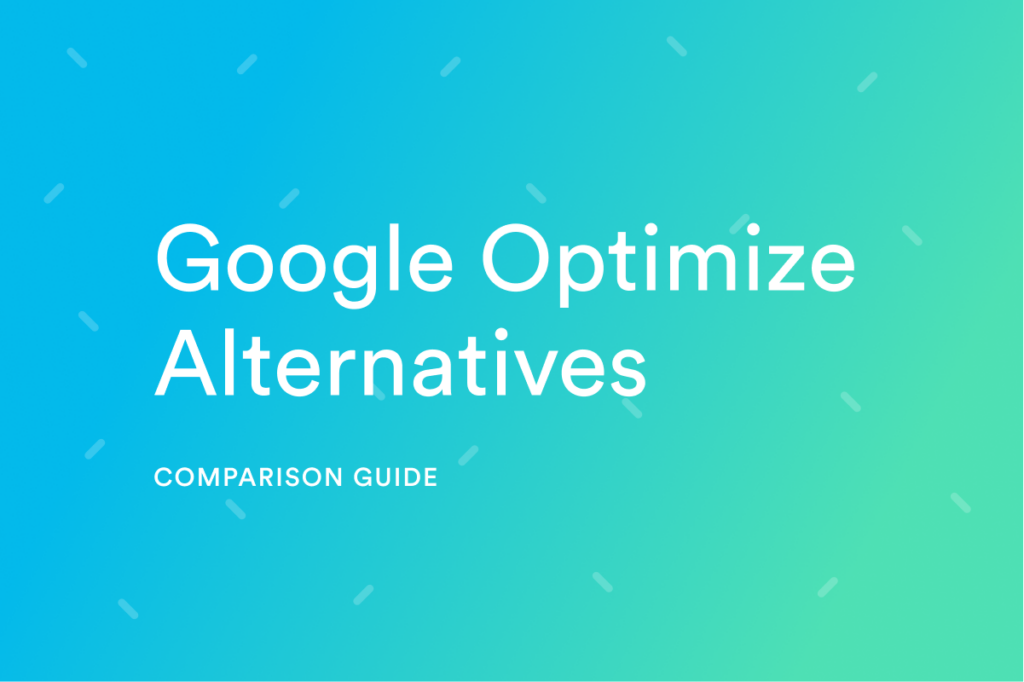Personalize Landing Pages with Google Optimize Query Parameters
Learn how to test marketing campaign landing page messaging with Google Optimize in minutes.

When I was born I’m pretty sure the first words my doctor said to me were:
“Son – if your landing page content doesn’t match your advertising messaging then you’re going to lose a lot of money. Don’t forget that.”
Who am I to ignore my doctor’s advice??!
How can I apply this advice to my Facebook and Instagram prospecting?
Enter: Google Optimize query parameter targeting.
I’ve used Optimizely, Monetate, Dynamic Yield, VWO, Qubit, and Convert.com over the years but there is something about the simplicity of Google Optimize that I love. Is it perfect and allow for all of the dynamic personalization that some of these other tools allow for? Hell no.
But – it has some really nifty features that are easy to take advantage of and help me learn more about my marketing efforts. If you are just dabbling in a/b testing or trying to learn what messaging resonates with your users then Google Optimize is perfect.
I’m going to demonstrate the basics of creating an a/b test with Google Optimize that personalizes page content via query parameter targeting.
DIY eCommerce UX Audit
Download our FREE 117 point UX audit that you can apply to your own website.
The Use Case
I have an existing landing page called “eCommerce Dashboards“. It has content (text and imagery) from our Elevar app that is fairly generic around this key phrase.
I’m driving traffic to this page via Facebook by targeting an audience with an interest Google Analytics & eCommerce. Hypothesis being..if you’re interested in GA then you’ll like dashboards.
My ad copy is focused on Google Analytics (e.g. “automate Google Analytics analysis”). So if users click on this ad (about Google Analytics) I THINK that users will react better to a landing page where the content matches the ad content.
Step 1: Create Custom URL
This is the most critical step – I need to ensure the URL I’m linking my advertisement to has a utm_content query parameter of “google_analytics” that I’m going to use for my Google Optimize test targeting.
If you’re using a tool like AdEspresso or something similar then you’re probably configuring the GA utm parameters within the app, but the screenshot below shows the good ole’ fashioned way using the url builder.

Related: Why utm parameters are critical for mastering multi-touch attribution
Step 2: Create New Experiment in Google Optimize
Now I’m going to head over to Google Optimize > Create a new Experiment > and set my fancy utm enabled URL as my experiment editor URL:

Step 3: Create New Experiment Variant
In this step, I’m going to modify the original version of this page. I’m swapping out the headline and primary image out for something a bit more relevant to Google Analytics.
Here’s the original version of the page, shown in Google Optimize:

And here is the variant where I’ve swapped out the headline text and image:

You can see the box in the bottom right corner (“Edit Element”) that I used to change the content and image.
Step 4: Set Query Parameter Targeting
Now, I’m going to move on to my configuration settings and specifically the Targeting option.
I leave the “who” % set at 100% and move on to the “when” section below and select +Create Rule. I get the drawer from the right that slides out and select Query parameter as my rule:

Now I can set the utm_content parameter I created in step 1 of “google_analytics”:

If you haven’t created a query parameter yet then you’ll be prompted to create a new one.
You’ll see I checked my rule by inputting the URL from step 1 which validated and then I used a different URL that I expected to fail.
Step 5: Objectives Configuration
My last step before launching this test is to set my objectives (i.e. KPIs) for measuring this test. I’ve chosen bounces and contact form submissions for this particular test.

I chose bounces as my primary KPI because I want users that enter the site via my Google Analytics campaign to go deeper into our features pages and learn a bit more about us.
It would be awesome if someone saw an ad => signed up on their first visit but I’m not that naive :). We live in a multi-touch world! So bounces is a nice micro-conversion that can help produce stronger retargeting results.
Step 6: Launch Test!
My a/b test is ready to go so I’m going to publish this and then head over to Facebook to enable my campaign. And grab my popcorn to watch the results 🙂
A few caveats to point out:
- When a user lands on the page, is bucketed into the variation, navigates to a 2nd page, and goes back to the page without the utm_parameters in the URL, then they will see the original page variation. A little odd..but not a huge deal to me for this example (they took a 2nd action after landing on the site).
- This example does not scale well across a lot of campaigns and content changes but it’s good for a few at a time.
- If you have several campaigns pointing to this same page then another way to set this up would be to create additional variants mixing and matching content. Sometimes you’ll be surprised at the results.
There you have it! An easy way to create an a/b test using the Query parameter targeting rule within Google Optimize.
Happy testing!
Related Articles:
- How to setup Google Optimize in Shopify
- How to a/b test Shopify’s checkout
- 5 Awesome Paid Search Reports
DIY eCommerce UX Audit
Download our FREE 117 point UX audit that you can apply to your own website.



Leave a Reply